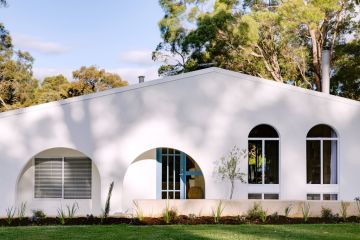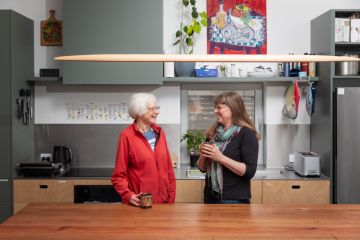The Block 2019: The do's and don’ts of renovating a historic home
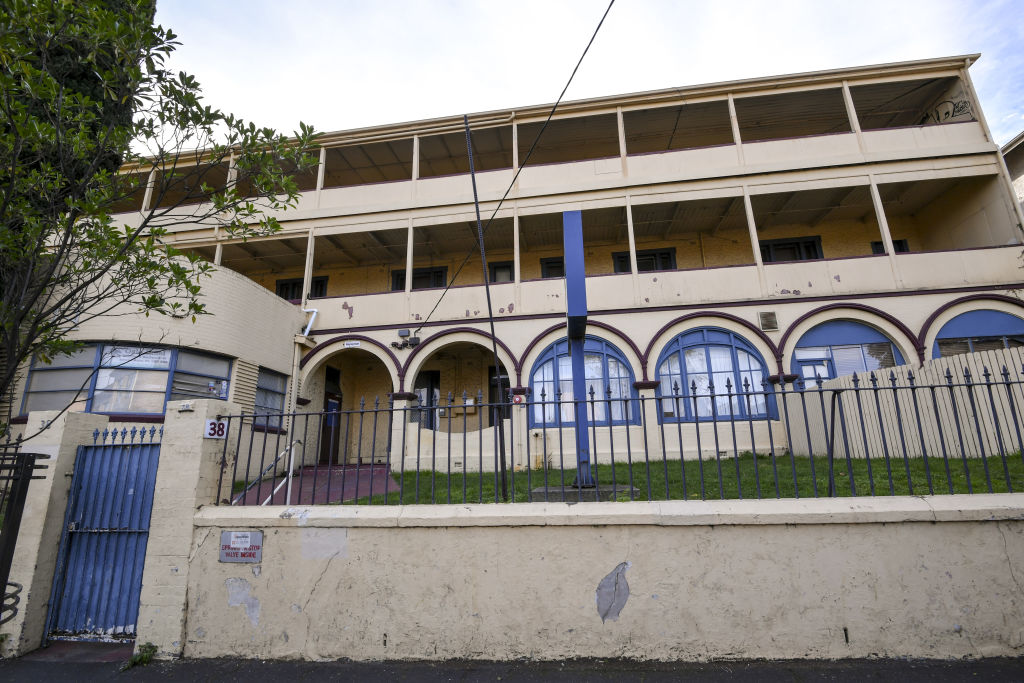
From poky bathrooms and closed-off kitchens, to creaky stairs and squeaky windows, historical buildings often come complete with their own set of quirks. Luckily their sky-high ceilings, vast rooms, and old-world elegance can far outweigh their challenges.
As the couples on The Block will discover as they embark on overhauling an old St Kilda pile, there are certain changes you should make to a well-aged structure, and others you should leave alone.
Here are the do’s and don’ts for enhancing and evolving a beautiful old home smoothly and successfully.
Listen to Karina’s experience renovating a French chateau on Somewhere Else:
Don’t force an old house to be something it isn’t
A well-built historical home should be considered a future treasure, says interior designer Sonia Simpfendorfer from Nexus Designs.
“Authenticity, integrity, and honesty are key,” she says. “In Melbourne during the 1990s, many ’60s and ’70s brick apartment blocks were transformed into slick rendered boxes. Today they look lost and cheap. The ones that were left alone are now valued for their generously sized apartments, natural light and beautiful brickwork that looks surprisingly on trend. Let it be what it is.”

Do overhaul the kitchen and bathroom
Whether a new kitchen and bathroom can be successfully installed is often the deciding factor on whether an older house should be renovated or demolished, says designer Clare Mengler.
“Upgrading them is fantastic for our evolving eco consciousness because the repair-over-waste culture is the way of the future,” she says. “Even better, remodel both rooms well and you are adding a long lifespan of usefulness.”
For longevity and good looks, avoid remodelling these rooms on the cheap.
“These are busy rooms, so avoid nasty finishes and fittings that will deteriorate with wear and tear and bring down the vibe of the whole house,” she says. “Think style over fashion, and consider what suits the house rather than what is trending. Not only is it respectful to your home’s heritage, it makes it more useful for future inhabitants.”
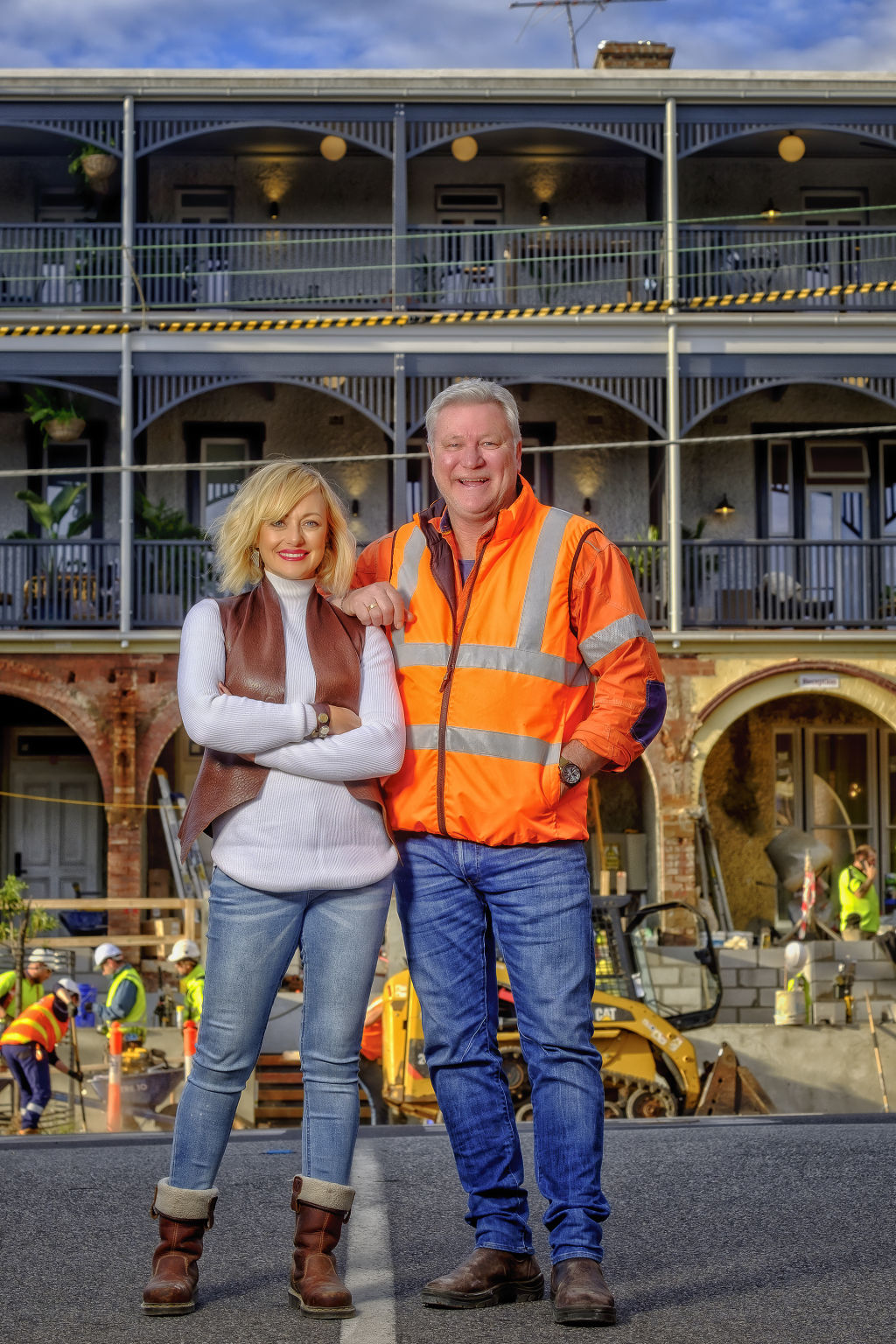
Don’t limit design options at the beginning
Mengler says being open-minded during the design planning process is pivotal to your renovation’s success.
“This is the most important time to consider all perspectives,” she says. “Drawings can test cost and appearance, as well as trigger awareness of likely problems before they arise. Taking it slowly and practising patience is imperative for making good decisions, whether it is taking down a wall or determining a lighting plan.”
Do consider the seasons
To properly understand how your home responds to seasonal changes, it is important to live in your home for as long as possible before finalising planning options.
“Live in your house as it is, so you can consider how seasonal changes will impact its feel and functionality,” says Mengler. “For example, you may not realise that when the old tree in front of the kitchen window drops its leaves in winter, it allows copious sunlight in that warms up the room beautifully. This is something you cannot anticipate without experiencing it.”
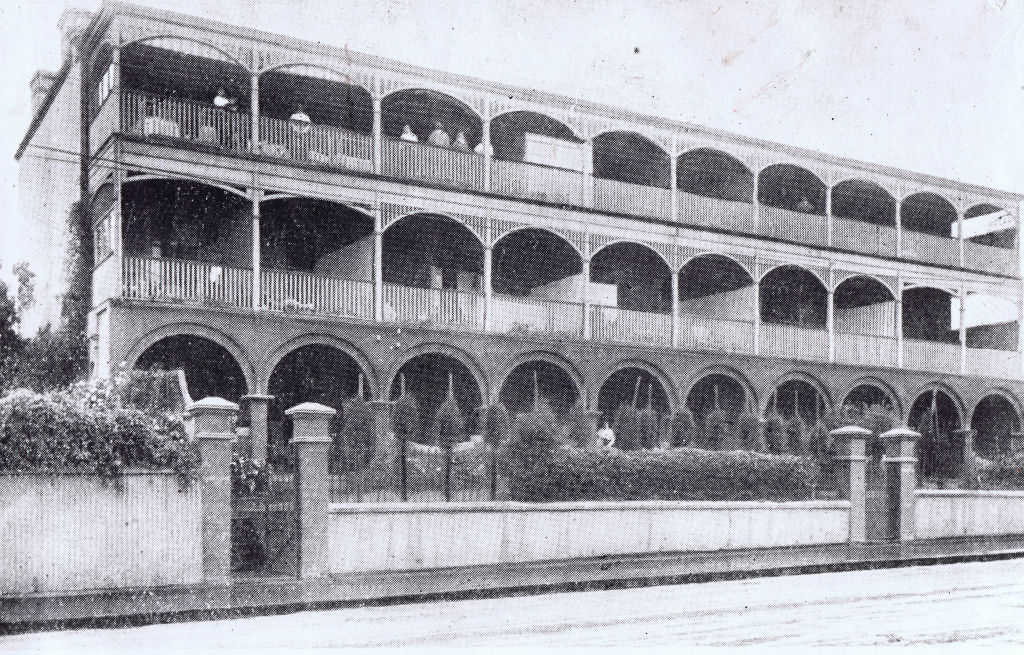
Don’t be too tight with your budget
The older the home, the more likely it has undergone numerous renovations – good and bad. From antiquated pipes to more serious structural issues, you may not realise these challenges until you are well into your renovation.
“Get an itemised estimate for works, then budget more money and time that you think you need to,” says Mengler. “Set aside at least a 15 per cent contingency purse for those expensive discoveries that may mean you need to alter your master plan.”
Do dig deep
Delve into research and consider the heritage of your home, even if it is not heritage-listed, says Mengler.
“An architect will help you recognise attributes of heritage value and has the skills to contrast the new and the old with consideration and elegance,” she says. “Check with your local authority to find out your opportunities and constraints, and engage a planner, landscape architect or architect to do a site analysis. It will beautifully impact your final result.”
Do replace windows with quality frames
Windows that are draughty with old rotten frames can be the thermal weak point of older buildings, yet the easiest way to reduce your home’s value is by installing the wrong windows.
“It’s a very common mistake,” says Simpfendorfer.
“The proportions and details of windows are critical and replacing nicely proportioned timber-framed ones with clunky standard aluminium windows can devalue your home. There are great window systems available that have the environmental qualifications you desire, like double-glazing. It is well worth seeking them out.”
We recommend
We thought you might like
States
Capital Cities
Capital Cities - Rentals
Popular Areas
Allhomes
More
- © 2025, CoStar Group Inc.
